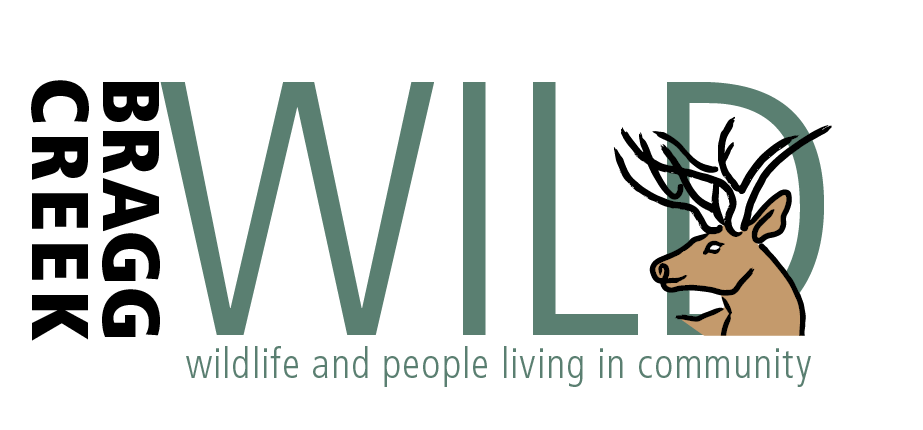Looking after and monitoring our own little patch
Have you started turning your thoughts to spring yet? I know I have. After all, the first day of spring does occur this month! As someone who spent much of their life in a less wintry climate, I always have to resist the temptation to get going too early with seeds and so forth, though. For the time being it’s best to hold on for a good while yet!
But as we watch the March and April snow come down, we can still contemplate the different elements we enjoy around our homes later in the year. I’m definitely thinking about how my yard can provide what I want, while impacting the local wildlife as little as possible.
I’m thinking about how to enclose small areas for veggie planting that will keep my plants safe from munching visitors, while not extending so far as to block movement corridors. I’m also thinking about what native plants can encourage pollinators, as well as ways to decrease the need for watering and so on.
In the meantime, though, there are obviously a few things we can be doing year-round including:
• Being rigorous with garbage. This is an ongoing issue, and will continue to be, as long as it’s there to attract wildlife. It endangers them, and therefore us. In the light of recent events (and recent raccoon sightings!) let’s pull out all the stops to “put a lid on” the garbage. Perhaps we could support each other by offering to take garbage to the dump for neighbours who may be struggling with mobility, time etc.
• Consider letting the birds look after themselves. While we agree with the reader who wrote about the Cornell University’s advice on birdfeeders, that advice is mainly aimed at those in more urban settings, where bird food isn’t a wildlife attractant.
• Try to keep cats indoors, particularly in the evening and at night. They hunt most effectively in lower light. Local birds and small mammals will be grateful!
While we wait for summer, we can also think about participating in citizen science projects and get ready to monitor and help contribute to knowledge about how our environment and biodiversity is doing. Did you participate in the Global Bird Count in February? I know some people locally did. Although this is over for 2023, there are plenty of other ways to get involved. The closest to our hearts, of course, is our local Wildlife Mapping project. We are so grateful to everyone who contributes sightings. Please keep it up – every bit of information is useful and informs careful consideration of our wildlife in multiple ways.
Other things you might want to take part in include:
• Bumble bee monitoring project www.bumblebeewatch.org
• Butterfly and moth monitoring inaturalist.ca/projects/lepidoptera-of-alberta
• iNaturalist.org is a great place to look for other projects you might be interested in. It’s international, but you can narrow right down to your location. I can see, for instance, that my neighbour registered a bird sighting up the hill from my house last summer.
• The Alberta Bat Community Programme www.albertabats.ca
• The Fall Eagle Migration Count www.eaglewatch.ca
Whatever you decide to do as you daydream of spring and summer, enjoy!


























